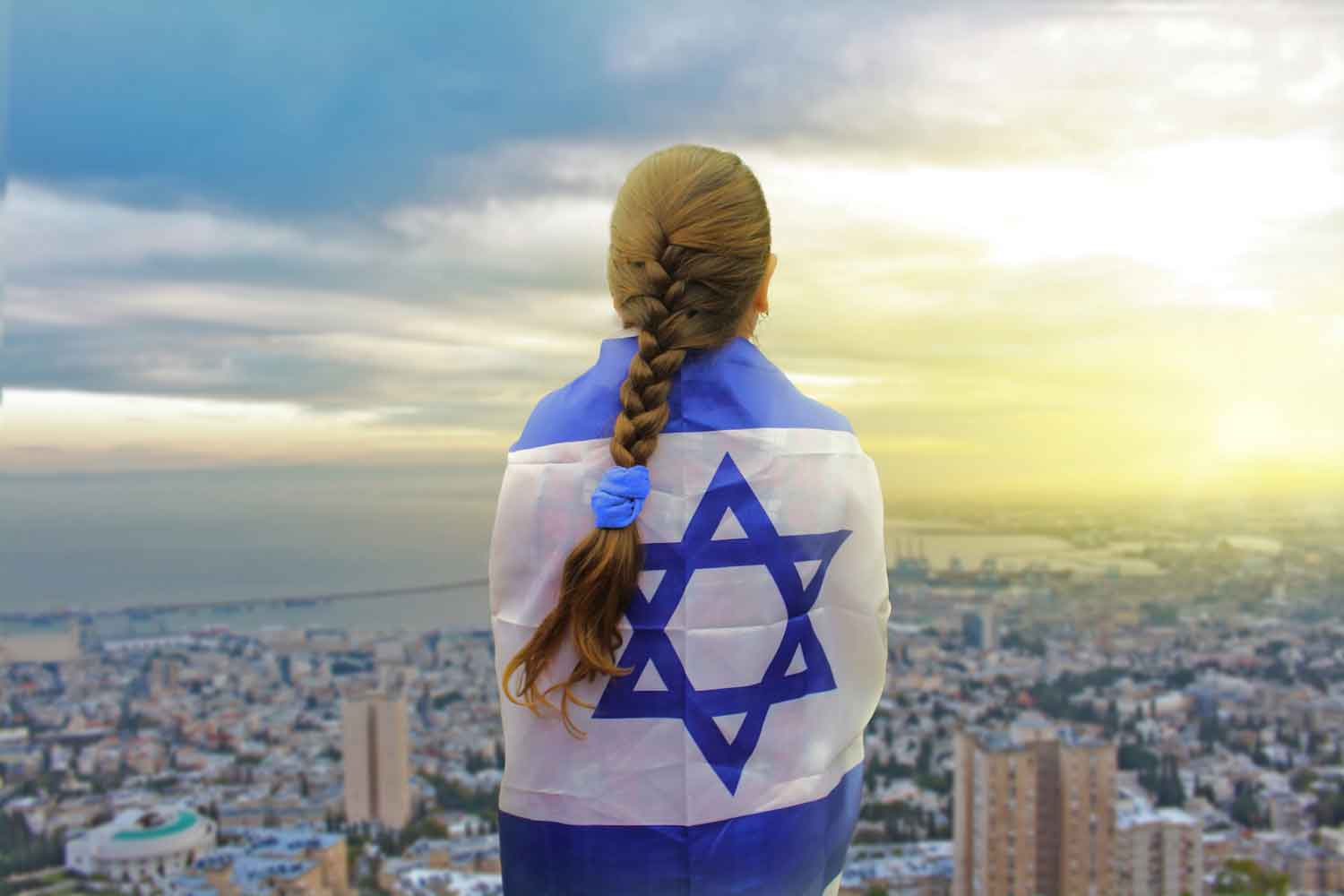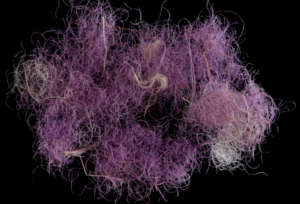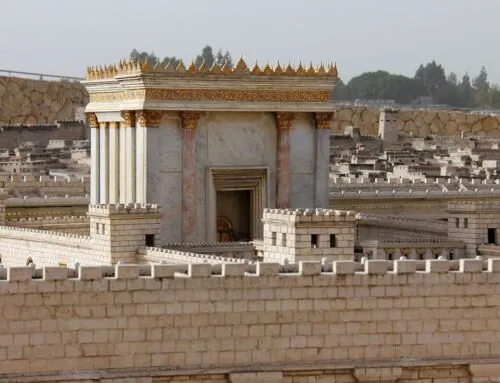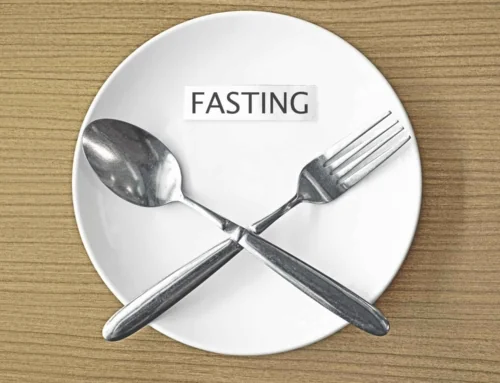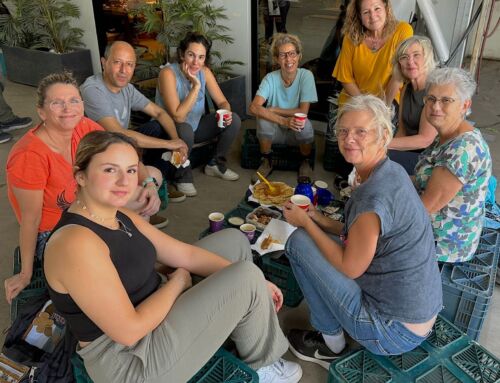Exploring the Colors of Israel
Israel is a place of extraordinary beauty, covered with vibrant and rich colors. During your Christian Holy Land tour, experience the Bible in vivid color as you journey through the landscapes where biblical events took place.
Which unique colors of Israel will you discover during your journey?
The Unique Colors of Israel
The Significance of Blue: A Traditional Israel Color
From the fluttering fabric of the national flag to the endless expanse of the sky, the color blue reigns supreme in modern day Israel. The color was chosen to utilize a shade of blue for the tassels, known as tzitzit, in an effort to imitate the dye called tekhelet, as instructed in the Bible. Tekhelet, once produced from sea snails in the region, was a dying industry that eventually ceased to exist.
If you don’t have access to a snail from the Mediterranean, you can utilize the hex code #0038b8 to achieve the official Israel blue color.
The Eilat Stone: The Green/Blue Jewel of Israel
When visiting Eilat during your Israel tour, you will see the green/blue Eilat Stone, known as the King Solomon Stone. This gorgeous gemstone is also the national stone of Israel. You can still find the Eilat Stone in local shops, though most are replicas due to the original stone’s rarity.
Purple: The Royal Color in Biblical Israel
In ancient times, the production of purple dye or any dyed fabric was highly lucrative. People were concerned about their appearance, much like we are today with our personal style. The purple die was an industry that went on for thousands of years. Evidence of production centers along the Mediterranean Sea coast, primarily using mollusks, still exist. During that era, the purple dye held a value surpassing that of gold, accessible only to royalty and the extremely wealthy.
According to biblical accounts, the color was worn by prominent figures such as King David, King Solomon, and Jesus.
Recently, archeologists discovered a purple-dyed fabric in the Timna region, dating back to the time of King David. This marks the earliest evidence of such well-preserved purple fabric!
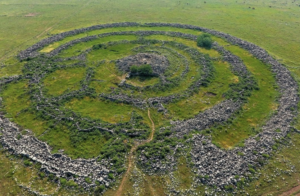
Stonehenge of the Levant
Israel’s Historic Black: The Basalt Element
During your Christian Holy Land tour, you’ll notice varying building styles at each site, bearing testament to Israel’s layered history. In Capernaum, the synagogue stands in a radiant creamy white, while its foundation features a dark hue, indicative of basalt—the common building material during the time of Jesus.
This was particularly common in the Galilee region and today in Tiberias, you will see buildings constructed with basalt.
In the Golan, there exists a site referred to as the “Stonehenge of the Levant” It consists of 42,000 tons of basalt rock arranged in a circular pattern that aligns with the solstices. Its purpose, history, and even its age remain shrouded in mystery and are subjects of ongoing debate.
Creamy Limestone: Israel’s Plentiful Resource Used In Structures
In Jerusalem, a common color you’ll encounter is a pale tan which is used in the construction of nearly everything! This is limestone, also known as Jerusalem Stone. The rock is extremely common in the Jerusalem area and quarried to make structures throughout Israeli history.
As a bonus, when the sun sets on these limestone structures, it turns to gold, giving yet another amazing color of Israel! Legend has it that the Temple was constructed from this stone, and when the sunlight illuminated it, the entire structure would glow on the hill. Imagining such a spectacle is truly remarkable!
Experience the Colors of a Christian Holy Land Tour in Israel
We hope we can introduce you to all the colors of Israel very soon! Ready to immerse yourself in the colors of Israel? Start planning your risk-free Christian Holy Land tour now!
Contact our Immanuel Tours Tour Operators Here

